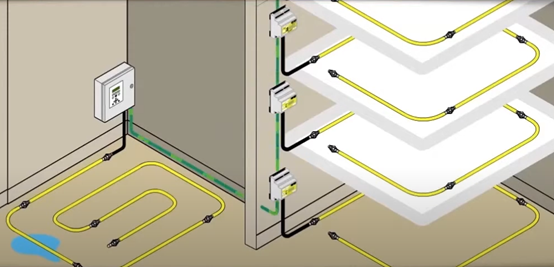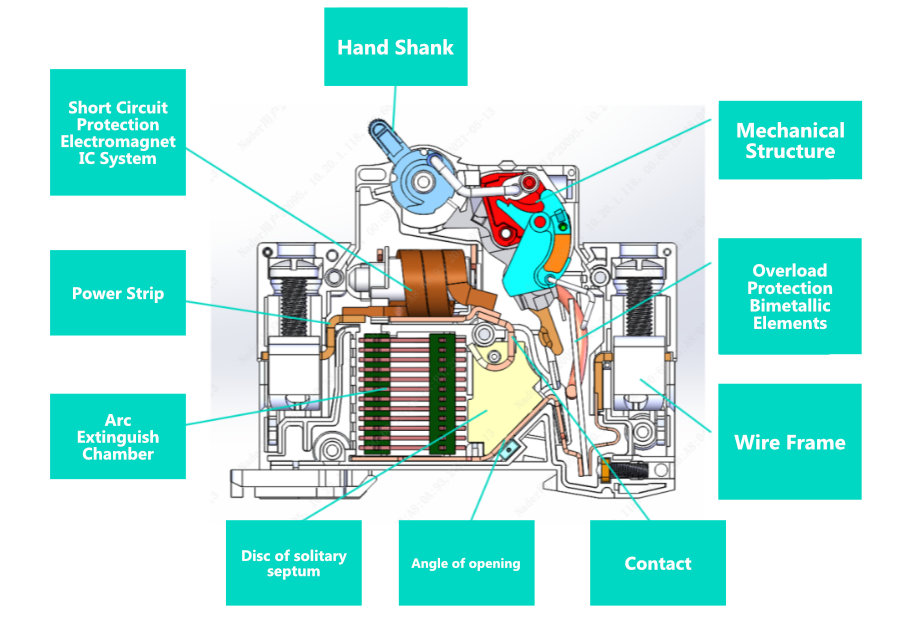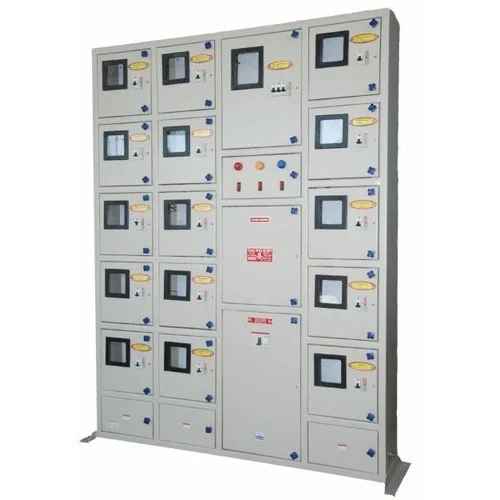Understanding the temperature transmitter work principle is critical to the proper selection, installation, and maintenance of these instruments. This article will introduce in detail how the temperature transmitter works.

Temperature transmitter work principle – Temperature sensor
The core of the temperature transmitter is the temperature sensor. Different types of temperature sensors measure temperature based on different working principles. The most common temperature sensor types include thermocouples, resistance temperature probes (RTDs), and thermistors.
Thermocouples: Thermocouples use the thermoelectric effect between two different metal conductors to measure temperature. When the junction of two conductors is exposed to different temperatures, a small voltage difference occurs between them, which is proportional to the temperature.

For instance, at the lowest temperature measurement, a thermocouple input transmitter uses 4 mA of electricity from the power source.
The transmitter then draws proportionally more current as the temperature rises until it hits 20 mA, which is the highest temperature the sensor can detect.
RTD: Resistance temperature probes use the property that a material’s resistivity changes with temperature. Typically, platinum is the most commonly used material. As the temperature rises, the resistance value of the platinum resistor increases linearly, reflecting the change in temperature.
The Wheatstone bridge is utilized while employing RTD to produce a low voltage at the end of it. A 4-20 mA signal is produced by amplification of this signal.
Sometimes, this analog signal is converted to a digital signal (ADC) to permit additional functions (like calibration and scaling), then returned to the analog signal.
The conditioning circuitry can be designed for resistance values ranging from 15 to 380 ohms or something similar to accommodate a full range of RTD values.
Thermistor: The resistance value of the thermistor changes non-linearly with temperature. Their resistance value often changes dramatically, thus providing a highly sensitive temperature measurement over a range of temperatures.
Temperature transmitter work principle – Signal processing circuit
Once temperature sensors measure temperature information, they generate electrical signals, but these signals are usually very weak. Therefore, temperature transmitters are equipped with signal-processing circuitry to amplify and stabilize these signals. This process ensures that the output signal of the temperature transmitter has sufficient strength and stability so that it is not disturbed during transmission.
Temperature transmitter work principle – Output circuit
The processed temperature signal is finally converted into a standard current signal, usually 4-20 mA. Such standardized current signals are ideal for transmission into monitoring and control systems as they can be easily transmitted over long distances without loss of signal quality. 4 mA typically represents the lowest temperature, while 20 mA represents the highest temperature, with values in between representing temperatures between these two extremes.
In the case of a sensor with a temperature range of 0-100 °C, a 4 mA signal would denote 0 °C. In the same way, 20 mA corresponds to 100 °C.
Temperature transmitter work principle -Isolation and protection
Temperature transmitters also usually include isolation and protection features to ensure their safe operation and reduce interference with other circuits. This can include electrical isolation, explosion-proof design, and anti-corrosion coatings to suit different industrial environments.
To summarize, the working principle of a temperature transmitter involves the use of a temperature sensor, which converts temperature information into standard current signals, and stabilizes and amplifies these signals through signal processing circuits and output circuits. This working principle makes temperature transmitters an indispensable instrument in the industrial field to ensure the safety, stability, and controllability of industrial processes. For engineers and technicians, understanding how temperature transmitters work is key to using and maintaining these instruments to ensure their accuracy and reliability.






